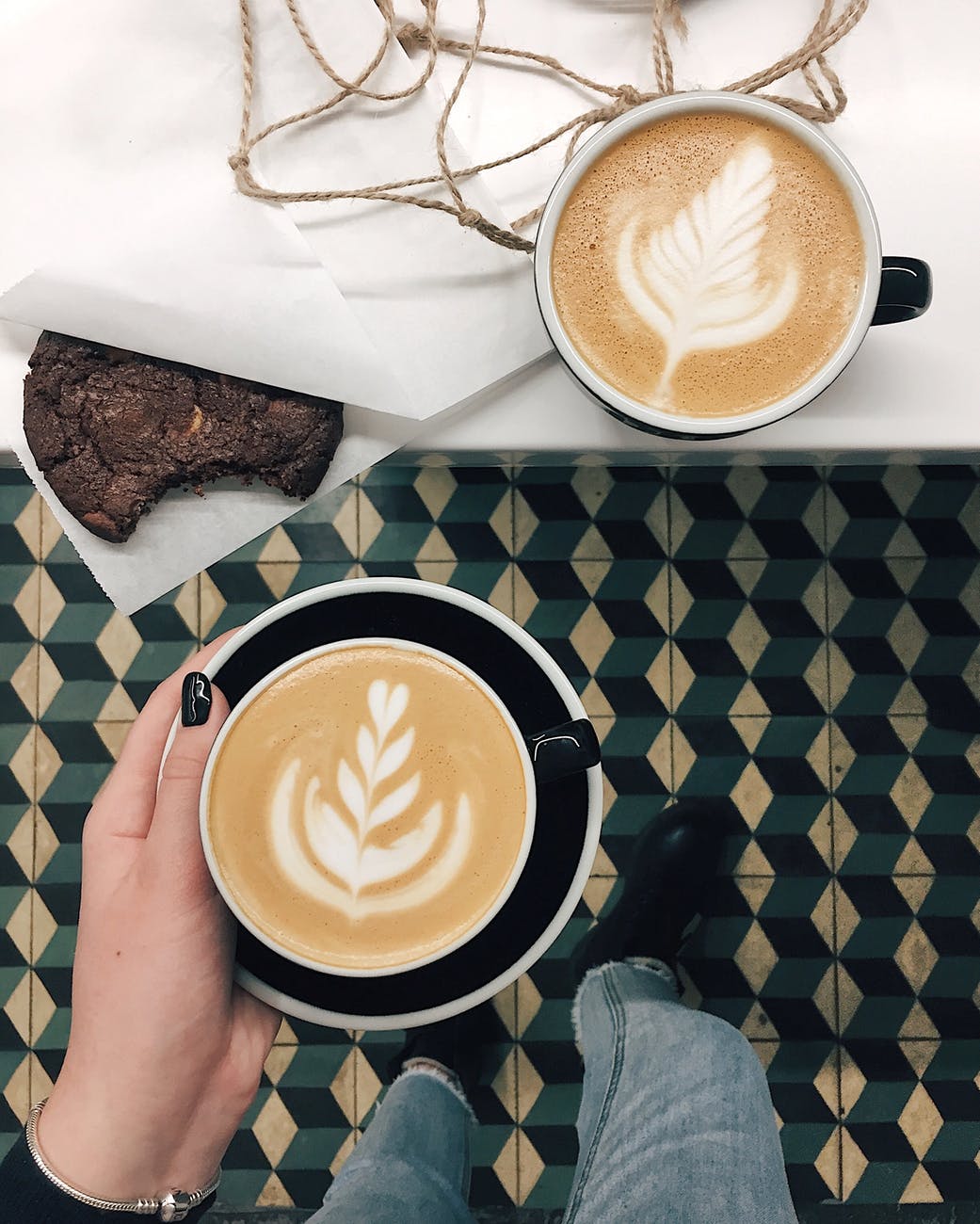
“I only have two speeds: black coffee and Americanos, or plain ole vanilla lattes,” I told him as we left our weekly coffee stop, vanilla latte in hand and a hint of shame in my voice.
Vanilla gets a bad word. She’s the one everyone thinks is boring. Plain. Uninteresting. Vanilla is the opposite of who everyone wants to be.
As we got in the car and started that trek down Charlotte Avenue, I admitted what felt absolutely ridiculous to say aloud: it’s embarrassing to be a vanilla-loving girl in a flavor-saturated world.
I shrink down a little and lower my voice when ordering a vanilla latte. As if it’s a mark of shame, as if my drink preferences are a reflection of who I am as a person, as if I’m as boring and plain as they claim vanilla is.
He let me finish my first-world crisis rant before asking me, “Did you know that vanilla beans are some of the most valuable little plants in the entire world?”
He gave me the truth.
Vanilla beans grow on vine-like vanilla orchid plants. They grow up trees and produce beautiful flowers along the pods. They start as a green growth from the orchid plant, and when they’re ripe, they change into a waxy dark brown pod that’s filled with tiny little specks. Each of those tiny specks hold immense flavor.
But here’s the thing: they’re finicky to grow and not easy to see through the harvest. And unless you’ve been to particular forests 10-20 degrees north or south of the equator, you’ve probably never seen them.
Despite what our be-everywhere and get-everything culture tells us, authentic vanilla beans can only be grown in a handful of places in the entire world, with 80% of the world’s crops yielded from the forests of Madagascar.
Not only are these babies finicky, but they also require commitment.
It takes 3-5 years for a vanilla orchid to reach maturation. Those years are labor-intensive and time-consuming as farmers have to pollinate each pod by hand – not the mention the high risk of failure and turbulent growing season that accompanies the vanilla-growing process.
They’re a livelihood to farmers. They make a difference.
“They’re actually an adventure, if you think about it,” he said.
His point in telling me this was to defy the joke of our time that vanilla is plain. Boring. Un-adventurous.
Real vanilla beans are totally not that.
Real vanilla beans require hard work, dedicated patience, and attentive eyes turned to detail. They need someone to endure with them through the long process of growth, even if it takes years.
But once they bloom, they’re something to behold. They may feel small in the palm of a hand, and easily overlooked, but they’re packed with flavor.
They’re rare. They’re expensive and worth their cost.
Vanilla is for the faithful ones – the ones who aren’t afraid to run feet first into the labor and stay around long enough to fruition.
And that’s who I want to be – the one who tends the harvest, even when it’s finicky. Who stays loyal through the process, even when it’s costly in time and energy. Who at the end of it can say, “I endured, and my reward was this little, ordinary bean that’s packed full of personality and deceivingly costly.”
I’ve recalled this conversation a few times since then. It’s sobering, really, to think about the whole thing. Our society is so accustomed to the bigger and newer things, and so detached from the laborious reality of folks around the world, that we’ve turned the laborious effort of vanilla crops into a social jab.
But I know the truth: I remember that the things that seem to be the most plain and ordinary have the most power and value packed into them. I remember that good, little things take hard work and that’s okay.
I’m not unaware that the lattes I buy aren’t made of real vanilla beans. But it helps me to lean into being a plain vanilla latte kind of girl, remembering that the process of cultivating a vanilla bean is precious and its price reflects it.
There’s really nothing ordinary about it.
